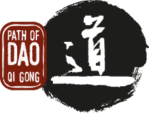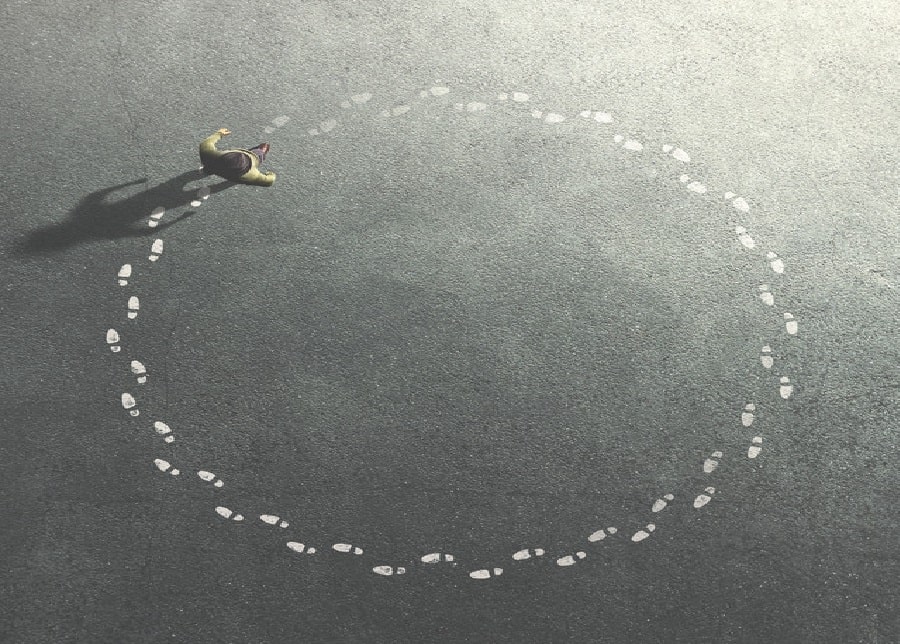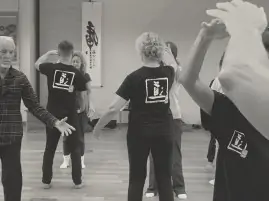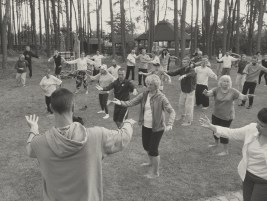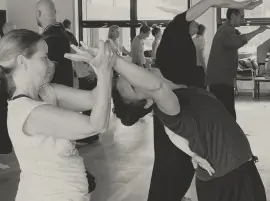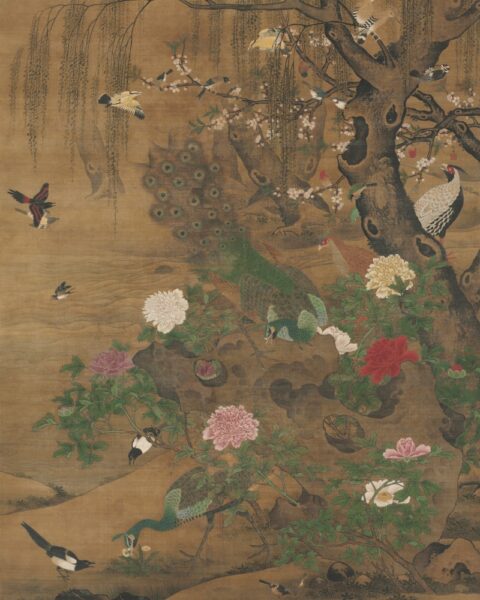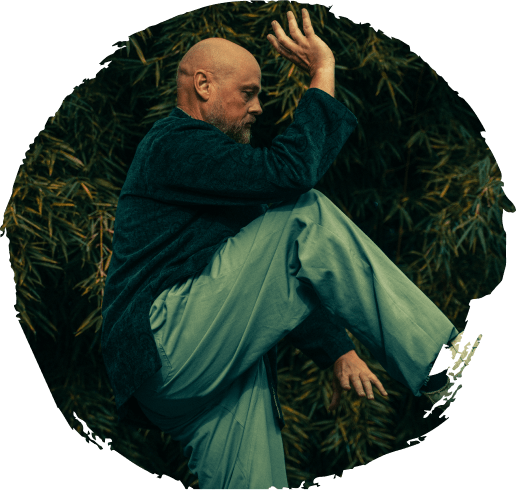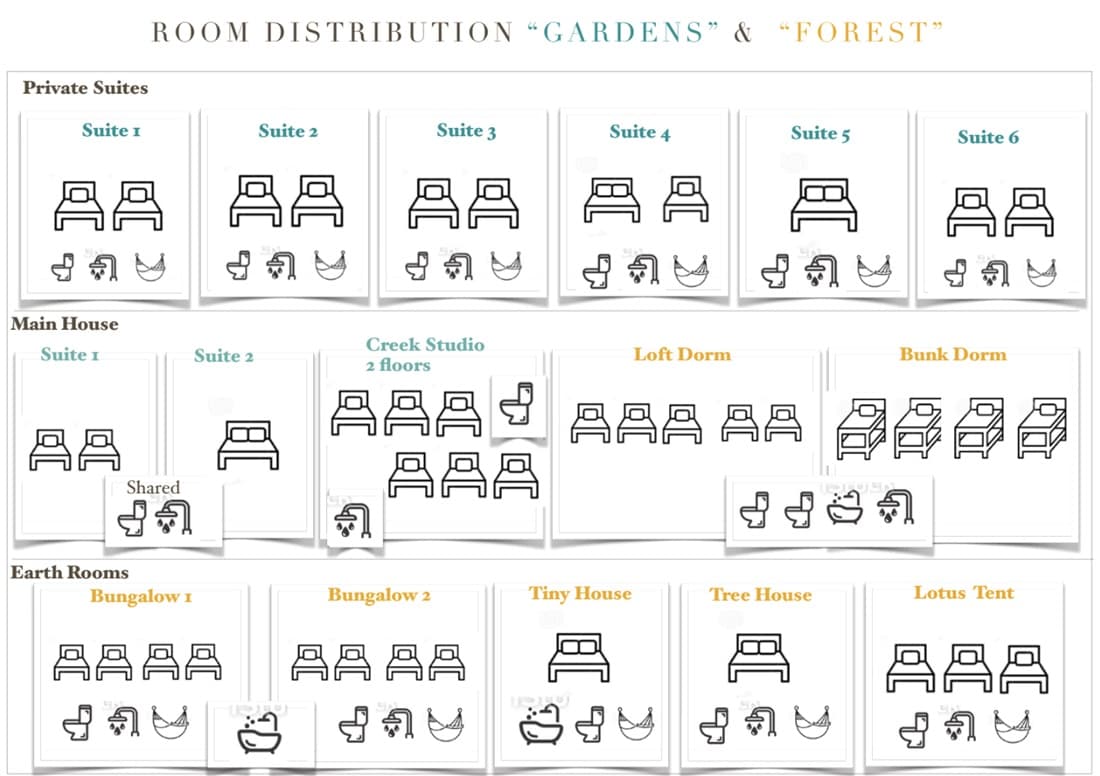Have you ever seen such a weird blog title? Maybe it made you think: 'walking' is an easy thing, but why walk a circle? Only cats and dogs chase their tails spinning round and round. And what is 'bagua'? And finally what does that all together mean?
Let's try to make this puzzling thing a bit more clear for you. And when after reading this blog your interest grows to find out more about it, you can join our Bagua Circle Walking – Daoist Meditation Retreat in Poland this Spring.
Walking
We all know how to walk. We all learned it when we were small and that's it. This is what you probably think when you hear the word 'walking'. But have you ever wondered what this phenomenon of walking is all about?
Walking is considered a universal health bringing activity. There is a saying: „Fish are made to swim, birds are made to fly, men are made to walk”. In walking there is a continuous exchange between one leg that is on the ground and the other leg that is moving in the air. This in turn supports a continuous yin / yang flow, up and down, circulating energy and pumping all fluids in our body.
Circle
In countless traditions across the time and places of the world, circles and spinning had a meaning.
All shamans had round drums. They spun round and round in their healing rituals. Shaman's spinning and changing movements reflected the changing of the seasons in nature and the changing of the seasons in man. And it all had to do with the circular nature of life, death and rebirth.
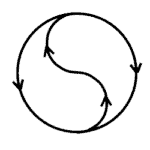
In native Americans tradition everything was and is done in a circle, because for them Power of the World always works in circles and everything tries to be round, relies on the medicine wheel. The Circle is present in everything where power moves.
In the Sufi dervish tradition, the continuous whirling movement of the body is supposed to make the body "empty", free from all distractions. In the constant whirling, the body is moving all the time around its axis and the mind calms and centers itself, landing in a place where nothing is moving.
Bagua
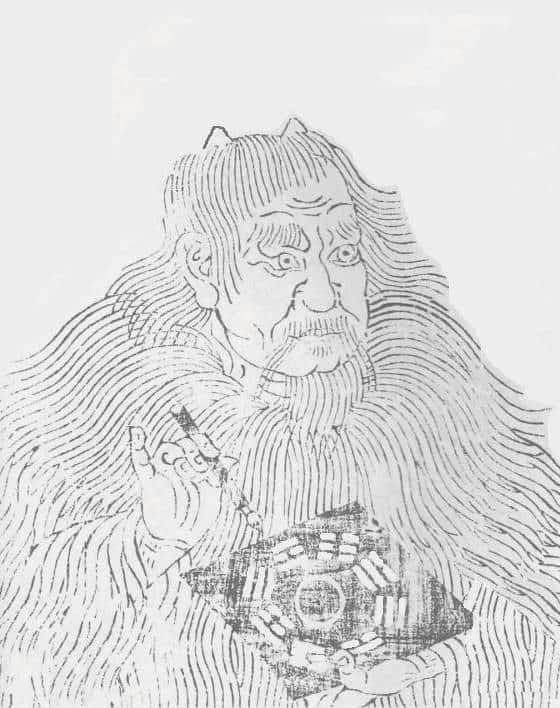
Bagua or Pa Kua means eight directions, eight trigrams of the I Ching (Book of Changes), a shamanic code inherited by the Daoists. The shaman who passed it on was called Fu Xi. It is said that this happened in a time so far in the past that even its shadow is hard to see. Fu Xi is depicted dressed as his totem animal with his headdress adorned with horns to show his closeness to nature and its secret forces. He holds in his hands the Eight Trigrams which represent the understanding of the Way of Nature. The trigrams of Bagua are really a way of showing the gradations of Yin and Yang.
Ancient art of inner cultivation
Bagua has two main paths or traditions. In the West, the better known is its martial art tradition, called bagua zhang. Less known is its spiritual or monastic tradition.
There are records in a Daoist monastery in the south of China, that the monks have been practicing bagua circle walking for some 1500 years. They practiced it not as a martial art, but as internal energy cultivation exercise and spiritual practice. The roots of this practice of circle walking can be traced to Kunlun Mountains and also circle walking shamanic traditions of the Mongolian-Siberian shamans.
So, as you can see, it is ancient and yet it continues to be practiced in our modern times. If it survived that long then surely it has to have some deeper value. Don't you think so?
Bagua Circle Walking for a healthy body
The circle is a symbol of the cyclical nature of everything in nature and also of our life, as we are part of nature. You will learn to walk, in a fluid and light way, first in a straight line, then in a circle.
You will learn various bagua qigong postures in standing that serve as preparation for doing the circle walking itself. Next you walk a circle and change directions, while holding your arms in specific positions relative to your body.
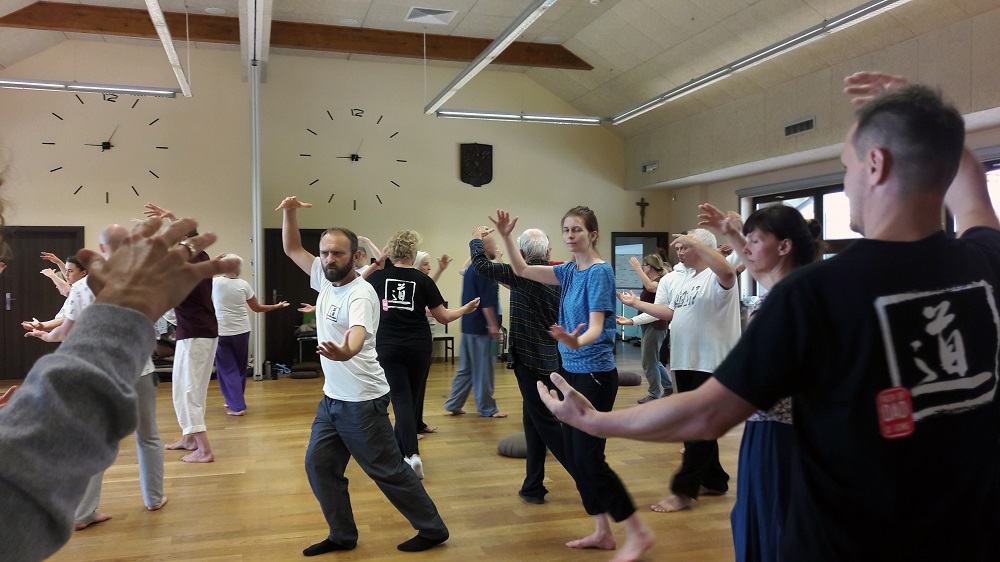
These arm positions are called bagua energy postures because each particular position of your arms (posture) is aimed to open specific areas of your body.
What can you gain from this practice?
- Stability, balance, stronger and more flexible tendons and ligaments.
- Better connection of different parts of the body.
- Body energized, better circulation without burdening the heart, stamina.
So in short – a healthy body.
Bagua Circle Walking as meditation
The world is changing. It always was. It seems to be doing it faster recently. Can you keep calm in those changes or are they too fast for you? Can you maintain your center or do you lose your head too often?
Bagua Circle Walking is a method of meditation in motion. It will help you develop a stable center both physically and mentally. With circling movements and changes of direction and hands positions you can learn not to be distracted by internal chatter or whatever is happening around you. Slowly you come closer to the place of stillness inside you while being in motion at the same time.
The vortex energy between earth and sky that gets activated in continuous circle walking creates spiraling energy. This in turn helps the inner blockages inside you to release, almost literally squeezing them out. By releasing them you become emptier and emptier of what you don't need, but what you thought was you.
As is written in Dao De Jing by Laozi, chapter 11: Dao De Jing von Laozi, Kapitel 11:
Thirty spokes share the wheel's hub;
It is the center hole that makes it useful.
Shape clay into a vessel;
It is the space within that makes it useful.
Cut doors and windows for a room;
It is the holes which make it useful.
Therefore profit comes from what is there;
Usefulness from what is not there.
If after reading this blog post you are curious to experience what Bagua Circle Walking really is, you are welcome to our retreat in Poland..
Here is a movie from our 2023 Bagua Kreislaufen Frühlings-Retreat:
